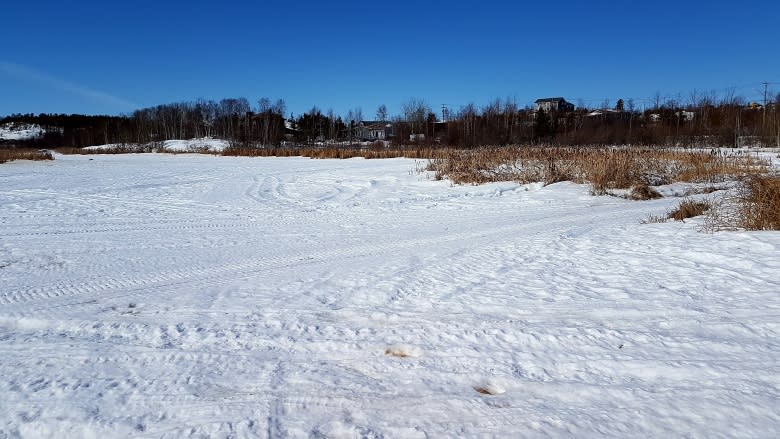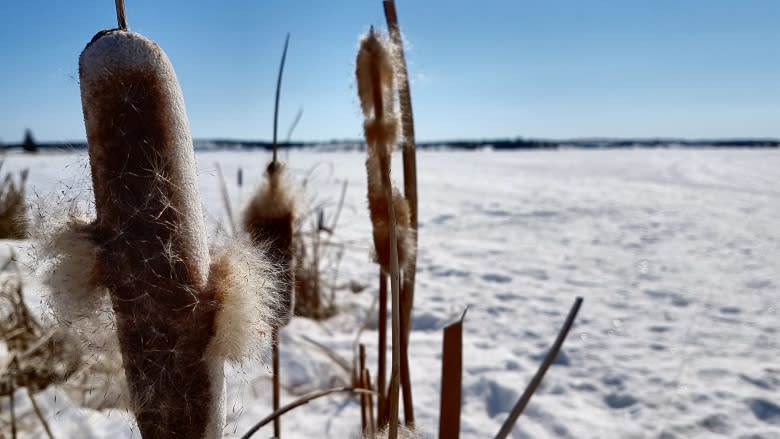N.W.T. health dept. didn't know Kam Lake is being regularly tested for arsenic
Publicly-available data shows that arsenic levels in Yellowknife's Kam Lake have been tested as recently as last year, despite a recent public health advisory that relied on data from nearly 30 years ago.
Last week, the Northwest Territories' chief public health officer, Dr. Andre Corriveau, issued an advisory that Kam Lake had arsenic levels over 50 times the recommended level for drinking water. The data used to issue the advisory was from a newly-unearthed report, dating back to 1989.
- FEATURE | Is Yellowknife ready to reckon with its toxic legacy?
However, the lake has been tested for at least the past five years by Miramar Northern Mining Ltd. as part of its remediation of the now-defunct Con Mine site. The reports can be found on the Mackenzie Valley Land and Water Board's website.
The latest sample results, from May 2016 to October 2016, show that arsenic levels ranged from 194 to 288 parts per billion.
That's significantly lower than the over 500 parts per billion in the territorial government's data, though Corriveau said it doesn't change the latest advisory.
The acceptable standard for drinking water is less than 10 parts per billion, according to Health Canada. Kam Lake is not used as a source of drinking water.
'For some reason it wasn't mentioned'
Last Wednesday's Yellowknifer newspaper reported that Judy McLinton, a spokesperson for the Department of Environment and Natural Resources, said her department was aware of Miramar's testing, and that the results were publicly available.
On Thursday, Corriveau told CBC his department was not aware of the ongoing tests.
"For some reason it wasn't mentioned, or if it was, we didn't pay attention to it," he said. "And we thought we were using the most recent data that was in my office."
Corriveau said the territory's health department normally relies on other government departments, including Environment and Natural Resources, for new research, and that the departments have regular contact.
"We rely on ENR to let us know," he said. "We don't do the research, so we try to find out who's doing research and we try to attend the presentations they make, or receive a copy of the publication. And then we look at our advisories and decide if there's a need to update it or not."
In an email to CBC, McLinton said that Environment and Natural Resources forwarded the studies to the Department of Health and Social Services last week.
"This data has been provided to HSS for their information and for consideration regarding its potential relevance to any advisories HSS has issued for this water body," the email read.




